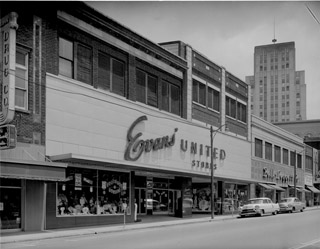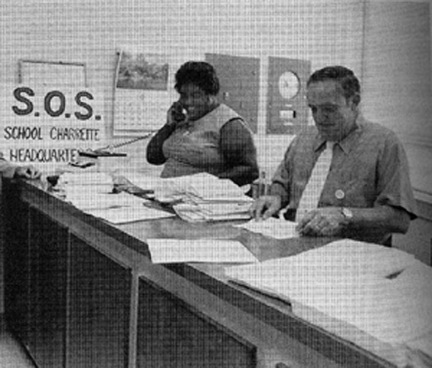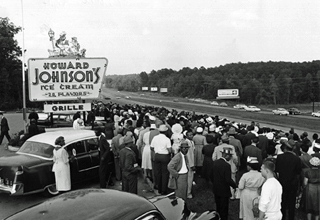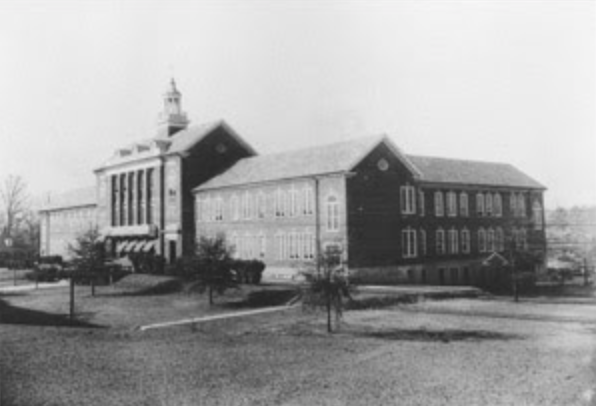Today, this school building is seemingly ordinary – students with backpacks chat with their friends, struggling to carry their textbooks and school projects, as the busses line up outside on the street. Durham High School, founded in 1922 and now known as Durham School of the Arts, was a crucial site in the…
Desegregation

In 1927, Marian Anderson, a famous African-American opera singer, performed at the Carolina Theater to a Black and white audience. Despite being granted admission to this event, Ms. Anderson’s Black fans were forced to enter through a different door, pay at a separate ticket booth, and use seats that required…

“What shall we teach our children about race and race relations?” This question from Wallace Nelson, a Cincinnati representative of the Congress for Racial Equality, silenced the Hillside High School Parent-Teacher Association meeting on January 14th, 1952.
…

“Did the roof fall in today?” Mayor Mutt Evans asked the manager at Woolworth’s five and dime in the downtown Durham in July 1960. The business had just served a Coke to its first black customer. It was the start of a new era for the Bull City and as Durham’s first Jewish mayor, Mutt Evans was uniquely equipped to navigate the period’s racial…

A Ku Klux Klan leader and a civil rights activist becoming best friends? Who would have thought? Certainly not CP Ellis and Ann Atwater, but this is exactly what happened after a meeting was organized to discuss the status of Durham public schools.
CP Ellis was the president of the KKK in Durham and Ann Atwater was a black civil rights…

In August 1962, four students protesting racial segregation at the Howard Johnson Restaurant and Ice Cream Parlor were arrested and sentenced to 30 days in jail. Later that same month, more than 1,000 people staged a follow-up demonstration and the following spring, in May 1963, the crowd grew to more than 4,…

The black community began protesting to integrate this signature athletic park, home to the Durham Bulls Baseball Club in 1957 when the first two black players, Bubba Norton and Ted Richardson, were added to the roster.
1957 in Durham was a year that hosted both the preservation of segregation as well as the onset of integration. At…
